10 Wild Animals in Samoa [Wildlife in Samoa]
Want to know more about the wildlife in Samoa?
Discover 10 wild animals in Samoa in this post, as well as interesting facts about them. 🇼🇸
Learn All About Samoan Animals
Ready to learn all about Samoan animals?
I’ve always been fascinated by animals, and by how they can be so different from one country to another. In this guide, we’ll focus on the many animals Samoa has on the land, in the sky, and underwater.
I’ve split the guide into 6 categories:
- Native animals from Samoa
- Endangered animals of Samoa
- What is the national animal of Samoa?
- How many animals native to Samoa?
- Does Samoa have a native animal?
- Are there poisonous animals in Samoa?
Let’s dive in right away with our first category!
Native Animals from Samoa
Samoa, not to be confused with American Samoa, is an Oceanian island country located in the far eastern part of the continent, about 4,190 km / 2,600 mi southwest of Hawaii. It is one of the smallest countries in all of Oceania, was discovered about 3,500 years ago, was renowned for its seafaring skills, and used to be a German, then a British colony. It is surrounded by the Pacific Ocean, and its capital and largest city is Apia, which counts more than 36,000 inhabitants.
An interesting part of the country that I wanted to tackle is its wildlife. In light of that, I have listed the best of it, and I hope you will love learning what animals live in Samoa.
Here’s the Samoa animals list.
1. Samoa flying fox
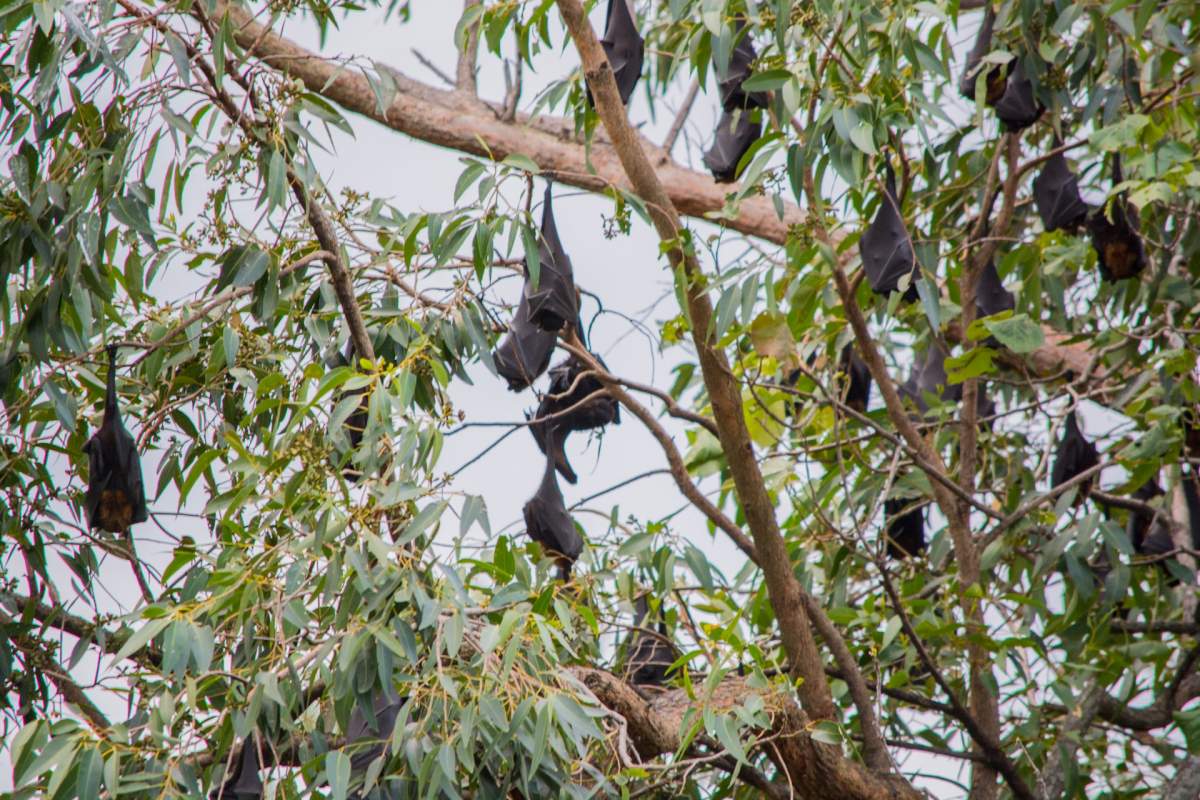
- Name: Samoa flying fox
- Scientific name: Pteropus samoensis
- Conservation status:
The Samoa flying fox, also known as the Samoan flying fox, is a medium-sized species of flying fox native to Samoa, American Samoa, and Fiji. It inhabits tropical and subtropical dry forests and is more and more threatened by habitat loss, which is why it is listed as near threatened with extinction.
Stories, myths, and legends are associated with this bat in Samoa, and it shares the same name as the local male tattoo, the pe’a.
2. Spinner dolphin
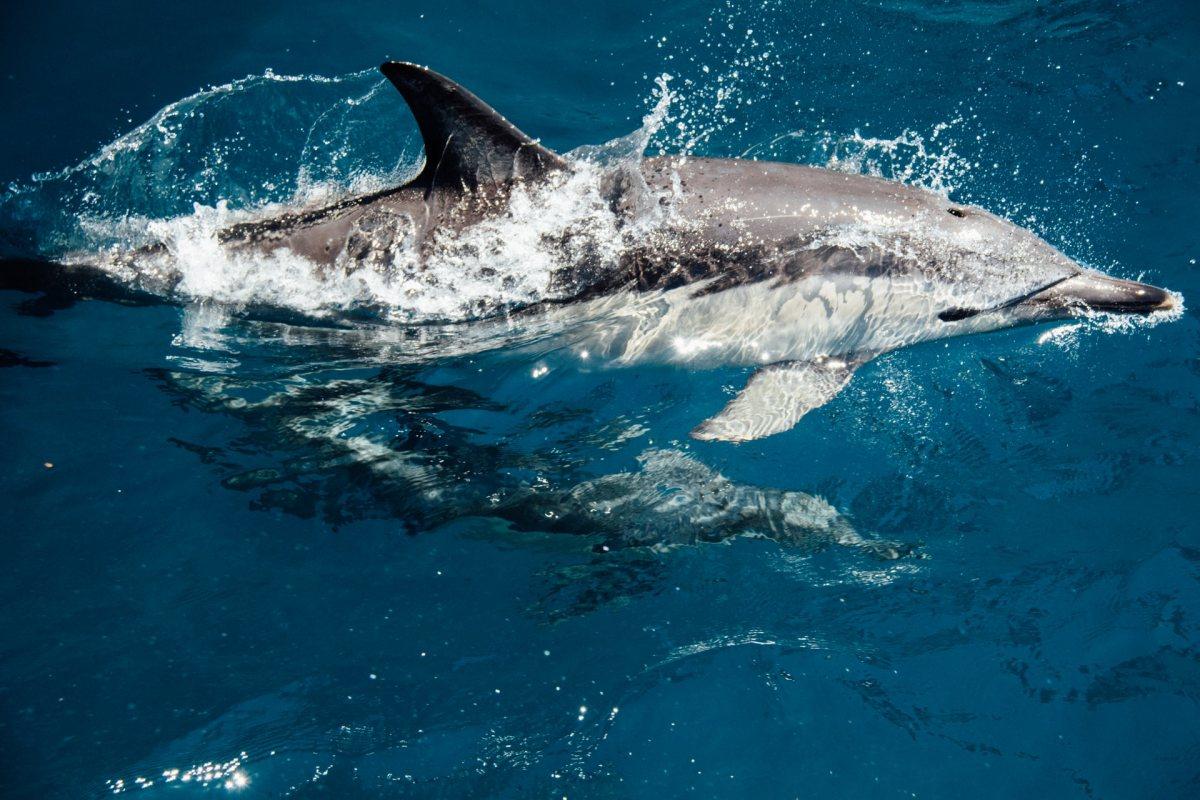
- Name: Spinner dolphin
- Scientific name: Stenella longirostris
- Conservation status:
The spinner dolphin is a small species of dolphin found in tropical waters around the world; naturally, it particularly loves the areas around the Caribbean Sea, absolutely ideal in terms of temperature.
This dolphin is particularly well-known for its spectacular, acrobatic figures. It seriously suffered from previous fishing practices, especially purse seine fishing for tuna, which began in the 1950s. Since the introduction of dolphin-friendly fishing methods, the spinner dolphin has recovered much of its numbers.
3. Red junglefowl
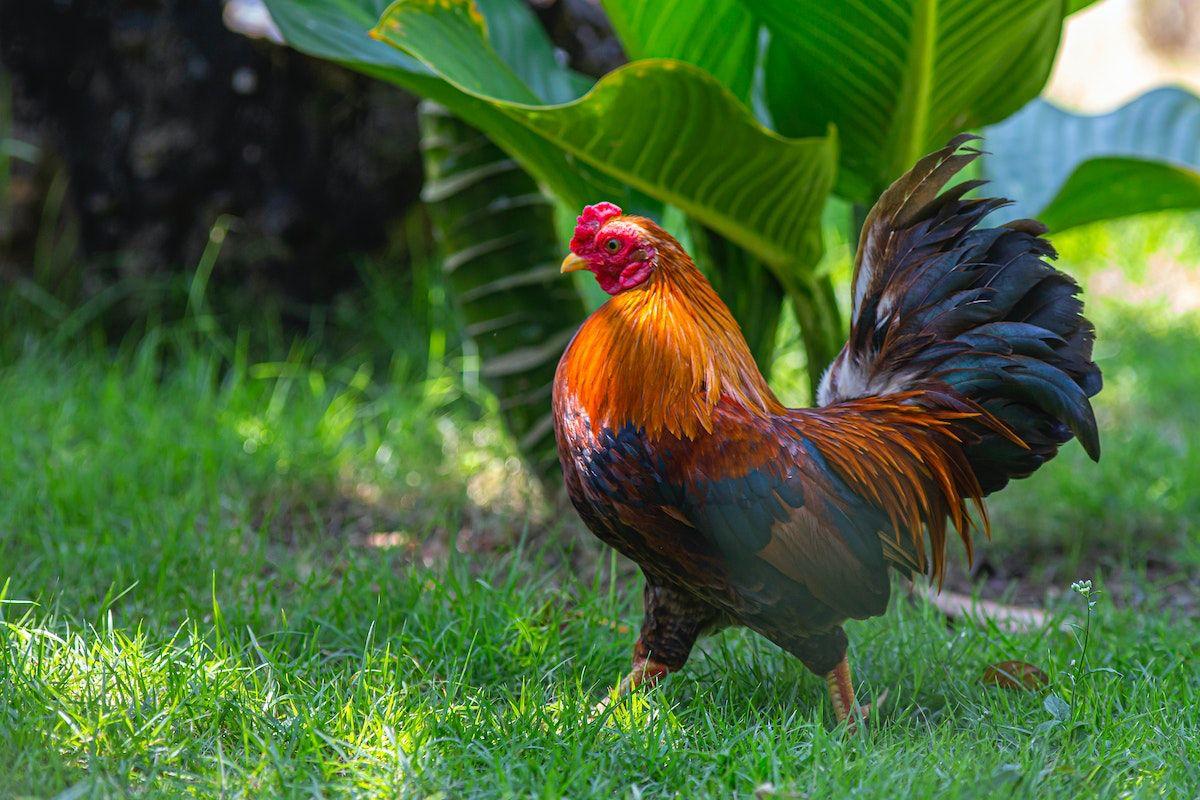
- Name: Red junglefowl
- Scientific name: Gallus gallus
- Conservation status:
The red junglefowl, also known as the Bankiva fowl or the Bankiva, is a species of tropical bird from the pheasant family. It has been introduced to Samoa, where it is locally known as “moavao”.
This bird is the living origin of the chicken, which was domesticated about 8,000 years ago. Since then, it has spread everywhere and is kept for its eggs, meat, and companionship, but some specimens such as the red junglefowl remain wild and free.
4. Tooth-billed pigeon
- Name: Tooth-billed pigeon
- Scientific name: Didunculus strigirostris
- Conservation status:
The tooth-billed pigeon, locally known as the manumea, is the national animal of Samoa, and the main emblem of the country. It is endemic to the island, but is on the brink of extinction, with only about several hundred individuals left in the wild.
This unique bird lives in the undisturbed rainforest of the country, in areas such as the Central Savai’i Rainforest, the Fagaloa Bay, and the Tafua Preserve.
5. Humpback whale
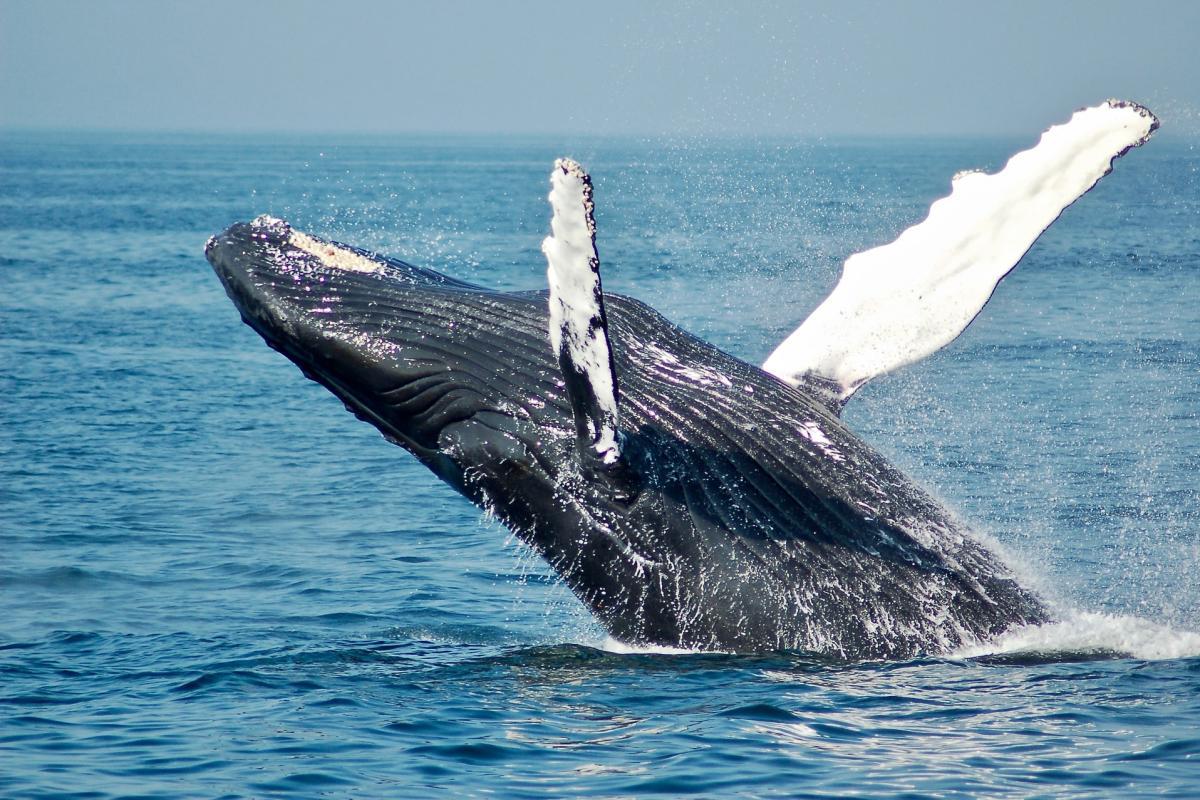
- Name: Humpback whale
- Scientific name: Megaptera novaeangliae
- Conservation status:
We already mentioned the acrobatic dolphin, now it’s time for the acrobatic whale! The humpback whale is definitely the most familiar and famous whale to whale watchers, often staying around the surface and having a unique breaching behavior, sometimes doing spectacular dives.
This whale lives in polar waters to feed and migrates to subtropical and tropical waters to breed. It almost exclusively feeds on small fish and krill and was named after its unique body shape.
6. Samoan woodhen
- Name: Samoan woodhen
- Scientific name: Gallinula pacifica
- Conservation status:
The Samoan woodhen, also known as the Samoan wood rail or locally the puna’e, is a species of (almost) flightless rail endemic to the Samoan island of Savai’i. Although listed as critically endangered, for now, it might be already extinct.
This bird has evolved to a terrestrial lifestyle, mainly because of the absence of dangerous land predators in Samoa. It is nocturnal and is locally known for its habit of making a jump into cover when startled from a resting place.
7. Whale shark
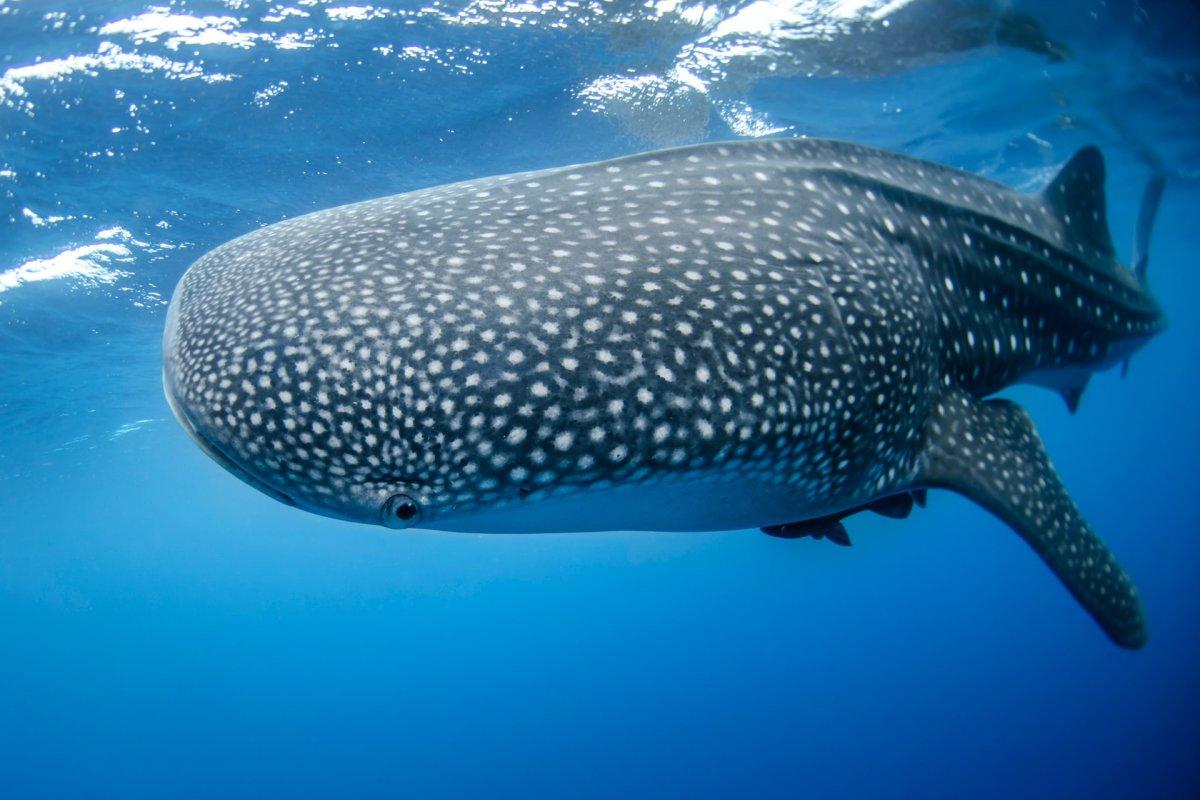
- Name: Whale shark
- Scientific name: Rhincodon typus
- Conservation status:
The whale shark is the largest fish in the world and by far the largest nonmammalian vertebrate. It lives in waters above 21 °C / 70 °F, and thus can often be spotted around the Pacific Islands, especially Samoa.
This animal of all records can live up to 130 years, and although it is extremely large and named “shark”, it poses no threat to humans whatsoever. In fact, it often swims with its mouth open and feeds on krill and plankton.
8. Blue-crowned lorikeet
- Name: Blue-crowned lorikeet
- Scientific name: Vini australis
- Conservation status:
The blue-crowned lorikeet, also known as the Samoan lory, the Solomon lory, the blue-crowned lory, or the blue-crested lory, is a species of parrot found on several Pacific Islands, including Samoa, Tonga, the Lau Islands (which belong to Fiji) and Niue.
As its name suggests, it has a beautiful blue crown on top of its head, but it is particularly beautiful because of the harmony of the rest of its body, being mainly bright green, with a bright, red throat.
9. Pacific reef heron
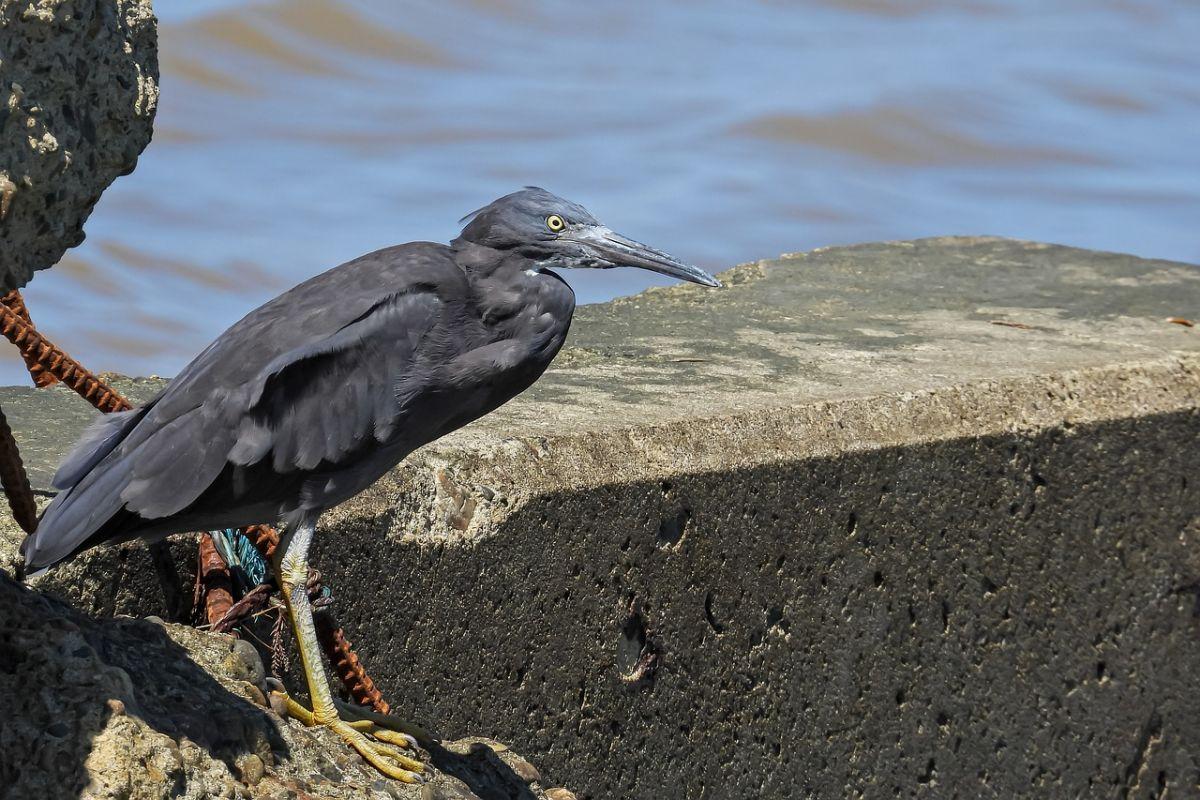
- Name: Pacific reef heron
- Scientific name: Egretta sacra
- Conservation status:
The Pacific reef heron, also known as the eastern reef egret, the eastern reef heron, or locally the matu’u, is a medium-sized species of heron native to southern Asia and Oceania.
Interestingly enough, while the majority of Pacific reef herons are dark gray, a lot of other specimens are entirely white. This is not due to albinism or sexual dimorphism but is thought to be related to camouflage reasons.
10. Red-footed booby
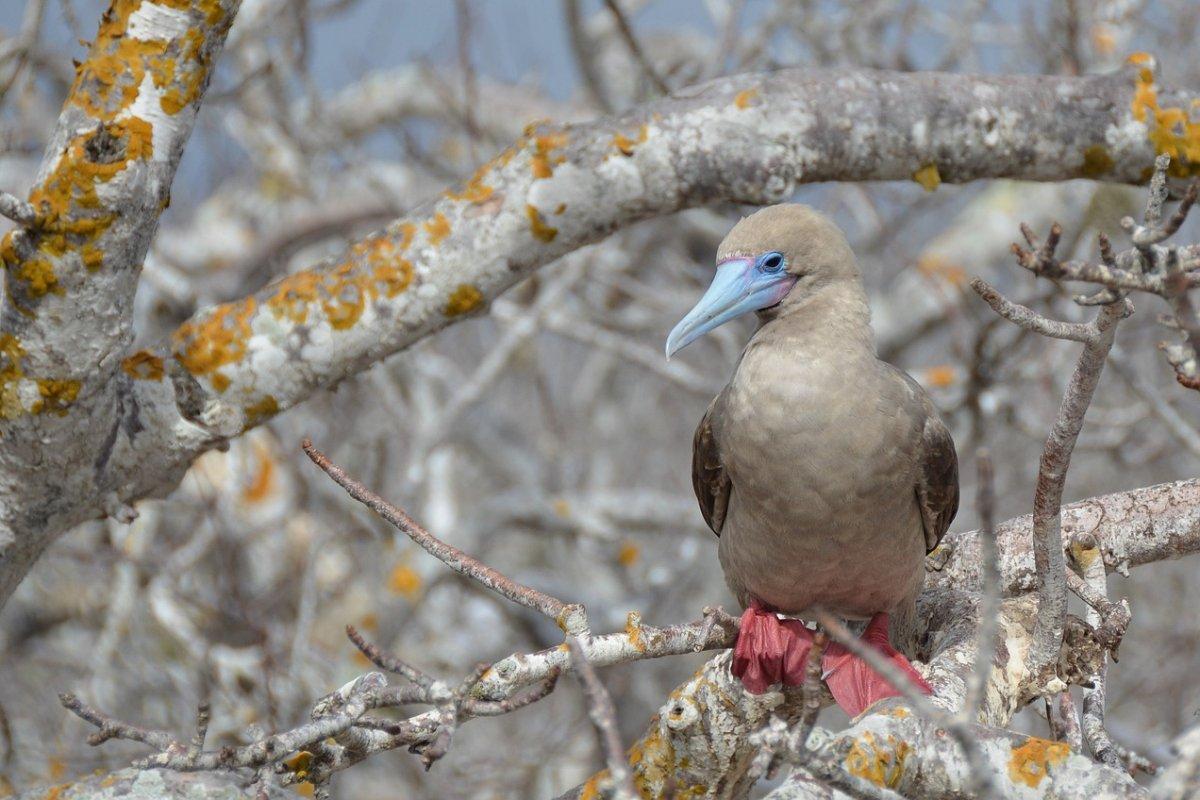
- Name: Red-footed booby
- Scientific name: Sula sula
- Conservation status:
The red-footed booby, locally known as the fua’o, is yet another species of bird that you will find in Samoa. In fact, remote islands are almost always primarily inhabited by birds, either endemic, resident or migratory, as well as developed marine wildlife and some scarce introduced mammals.
This bird has, as its name implies, bright red feet, but also a blue eye patch, as well as green and red parts on its face. It breeds on islands in tropical oceans and spends most of the rest of its time at sea.
—
So there you have them, these were my 10 native animals of Samoa. I hope you enjoyed this list and that you learned something new today.
In case you want to learn more about animals in the country, feel free to keep reading, as I still have lots of things to tell you about:
Endangered Animals of Samoa
This is definitely the saddest part of the list, but it is very important to raise awareness. Because of this, let’s go through the list of endangered animals in Samoa.
Here are the animals in danger of extinction in Samoa.
- Small Samoan flying fox
- Large Samoan flying fox
- Hawksbill turtle
- Beck’s petrel
- Oceanic whitetip shark
- Tooth-billed pigeon
- Samoan moorhen
- Samoa skink
- Whale shark
- Phoenix petrel
- Polynesian storm-petrel
- Giant manta ray
- and 14 more…
To see the full list of endangered species in Samoa, head over to the International Union for Conservation of Nature’s Red List.
What is the National Animal of Samoa?
The national animal of Samoa is the manumea.
Also known as the tooth-billed pigeon, it is a large species of pigeon endemic to the island of Samoa. It is featured on multiple bills and coins of the country and can be found in Samoa’s primary rainforest.
This pigeon is seriously threatened, and only several hundred individuals remain. Being confined to such a small area as the rainforest of Samoa, they are on the brink of extinction.
How Many Animals Native to Samoa?
What is the diversity of native animals in Samoa?
Let’s look at the total number of species of Chordata (mammals, birds, fishes, and reptiles).
Total number of animal species in Samoa: 1,209 (9,917 in total in Oceania)
Does Samoa have a native animal?
Yes, Samoa does have quite a few native animals, including the national animal, the tooth-billed pigeon.
Several other species of birds, such as the Samoan whistler, the Samoan starling, the mao, the Samoan flycatcher, the flat-billed kingfisher, the Samoan thriller, the Samoan white-eye and the Samoan fantail are all endemic and native to the island of Samoa.
Are there poisonous animals in Samoa?
There is not much you should worry about when traveling to Samoa. The terrestrial snakes there are non-venomous, there are no particular dangers or fatal bright frogs that would paralyze you by just staring at them for too long.
However, sea snakes are extremely dangerous, and they are the most venomous species of snakes in the world. Fortunately, they are quite rare, and the only time you might run into one is if it got washed ashore. The species of venomous sea snakes you could encounter in Samoa are the Pelagic sea snake and the sea krait.
More About Animals in the World!
Loved these Samoa animal facts? Want to see what animals live in other countries?
Then check out these posts:
Or click here to see ALL the facts up on the blog! Spoiler alert: there’s A LOT of them.
Share the knowledge! Click on the buttons below to share information about these famous animals in Samoa with your friends, and help them learn more about the world 🙂
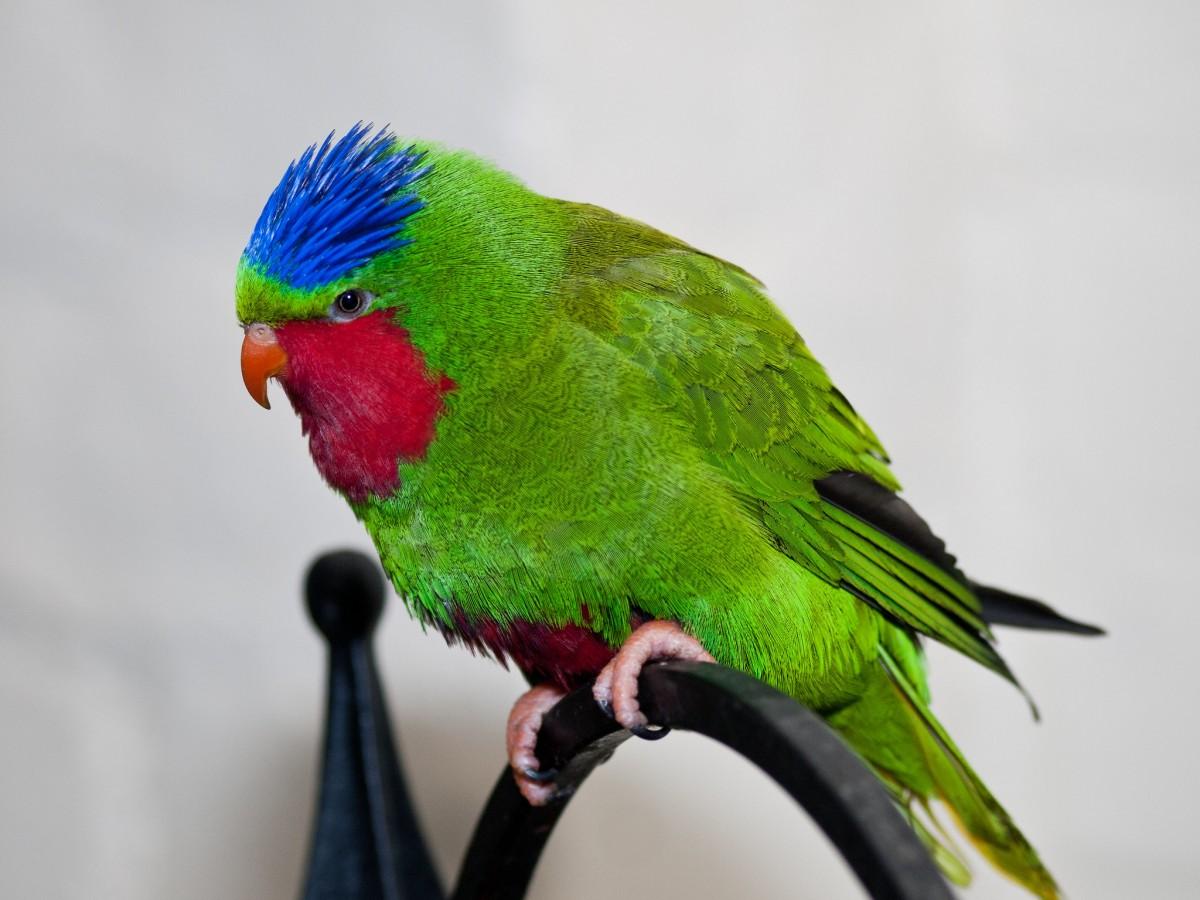
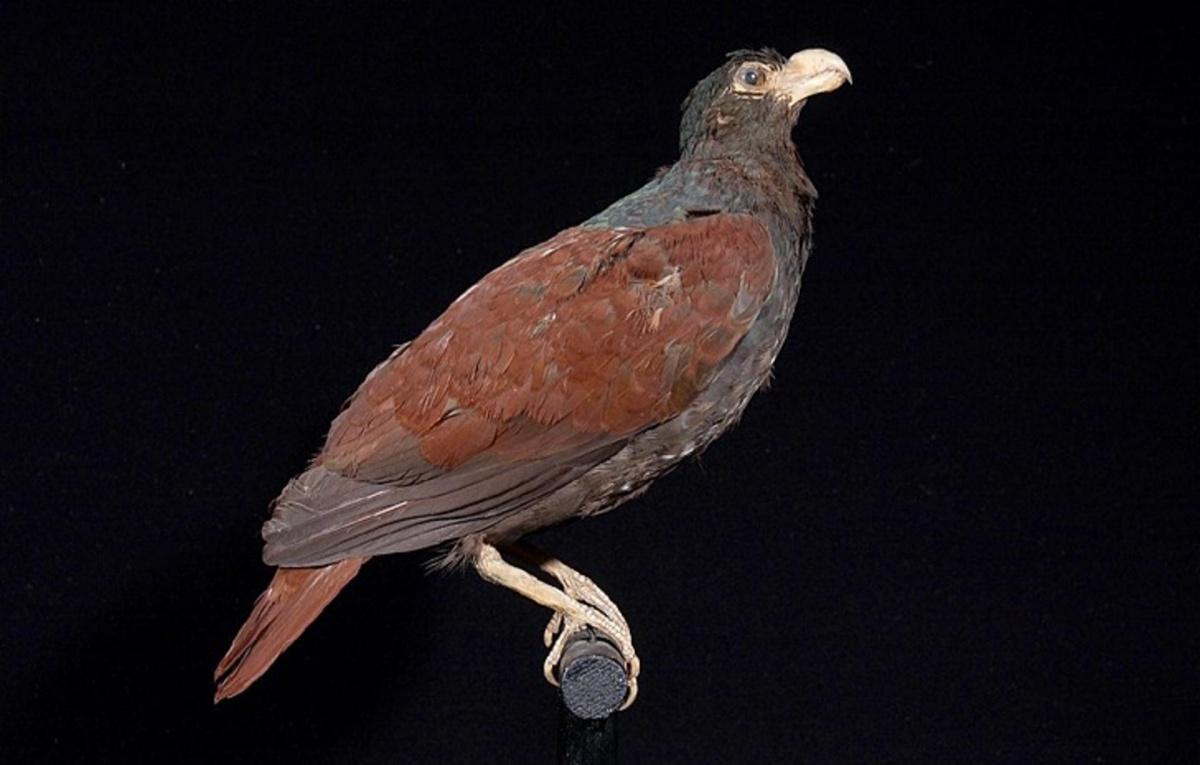

![18 Wild Animals in El Salvador [Wildlife in El Salvador]](https://www.kevmrc.com/wp-content/uploads/2022/08/18-wild-animals-in-el-salvador.jpg)
![35 Wild Animals in Colombia [Wildlife in Colombia]](https://www.kevmrc.com/wp-content/uploads/2022/07/35-wild-animals-in-colombia.jpg)
![21 Wild Animals in Tasmania [Wildlife in Tasmania]](https://www.kevmrc.com/wp-content/uploads/2023/01/21-wild-animals-in-tasmania-australia.jpg)